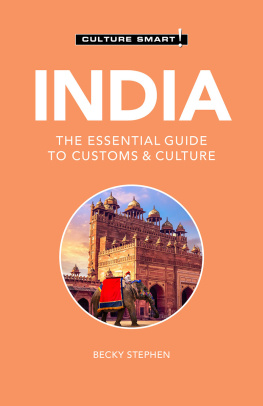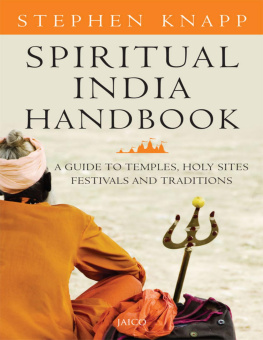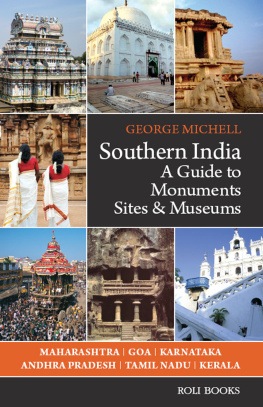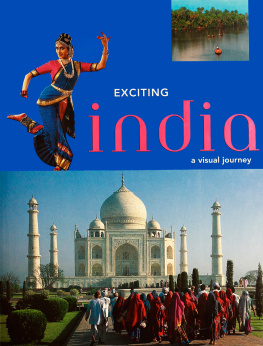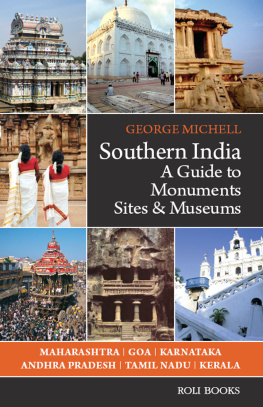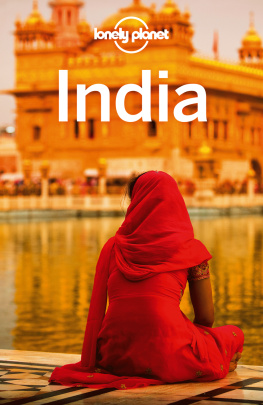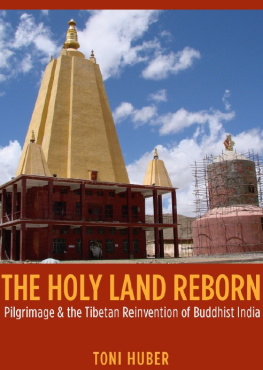SEEING SPIRITUAL INDIA
A Guide to Temples,
Holy Sites,
Festivals and Traditions
2020 Update
By
Stephen Knapp
Dedicated to all Pilgrims
Who carry with them
The hope and intention of
Reaching a higher perception of
Who they really are
And their connection with the Supreme
Copyright 2008, Stephen Knapp
All rights reserved. No part of this book may be reproduced without written permission from the copyright owner and publisher, except for brief quotations for review or educational purposes.
Cover photo: The Jagannatha temple in Jagannatha Puri, Orissa.
All photographs by Stephen Knapp.
Published by:
The World Relief Network
Detroit, Michigan
Other books by the author:
1. The Secret Teachings of the Vedas: The Eastern Answers to the Mysteries of Life
2. The Universal Path to Enlightenment
3. The Vedic Prophecies: A New Look into the Future
4. How the Universe was Created and Our Purpose In It
5. Toward World Peace: Seeing the Unity Between Us All
6. Facing Death: Welcoming the Afterlife
7. The Key to Real Happiness
8. Proof of Vedic Culture's Global Existence
9. The Heart of Hinduism: The Eastern Path to Freedom, Enlightenment and Illumination
10. The Power of the Dharma: An Introduction to Hinduism and Vedic Culture
11. Vedic Culture: The Difference it can Make in Your Life
12. Reincarnation & Karma: How They Really Affect Us
13. The Eleventh Commandment: The Next Step for Social Spiritual Development
14. Seeing Spiritual India: A Guide to Temples, Holy Sites, Festivals and Traditions
15. Crimes Against India: And the Need to Protect its Ancient Vedic Tradition
16. Destined for Infinity, a spiritual adventure in the Himalayas
17. Yoga and Meditation: Their Real Purpose and How to Get Started
18. Avatars, Gods and Goddesses of Vedic Culture: Understanding the Characteristics, Powers and Positions of the Hindu Divinities
19. The Soul: Understanding Our Real Identity
20. Prayers, Mantras and Gayatris: A Collection for Insights, Protection, Spiritual Growth, and Many Other Blessings
21. Krishna Deities and Their Miracles: How the Images of Lord Krishna Interact with Their Devotees.
22. Defending Vedic Dharma: Tackling the Issues to Make a Difference.
23. Advancements of Ancient India's Vedic Culture.
24. Spreading Vedic Traditions Through Temples.
25. The Bhakti-yoga Handbook: A Guide to Beginning the Essentials of Devotional Yoga
26. Lord Krishna and His Essential Teachings
27. Mysteries of the Ancient Vedic Empire.
28. Casteism in India
29. Ancient History of Vedic Culture
30. A Complete Review of Vedic Literature
31. Bhakti-Yoga: The Easy Path of Devotional Yoga
32. The Power of the Maha-mantra
You can find out more about Stephen Knapp
and his books, free Ebooks, research,
and numerous articles and photos,
along with many other spiritual resources at:
http://www.Stephen-Knapp.com
www.stephenknapp.info
http://stephenknapp.wordpress.com
Contents
INTRODUCTION
Reading about Eastern philosophy is one thing, but going to Eastern lands and actually experiencing it is quite another. Seeing the local people who understand and practice this knowledge in their customary surroundings can be quite enlightening, but it can also be perplexing if you do not know what is happening or the reasons behind what people do.
India, like other places in the world that have unusual mystical traditions, is a land that can be both physically and mentally demanding. India is an exotic, beautiful, and wondrous country, depending on what aspects of it you see. Living and traveling there can be pleasant and exciting, but it is also likely to provide you with many trying situations. It can be terribly hot, dry and dusty. Good food and water may not always be readily available. And living conditions and transportation can often leave much to be desired, though general conditions have gotten much better over the years. But it is a total experience on every level: a testing ground that is not for everyone. It can separate the serious from the frivolous; the real truth-seekers from the superficial and worldly sight-seeing tourists. But if you want the real treasure of India, the spiritual heritage of the East, it can be found if you are determined. But you have to know where to look and how to find it.
When entering India, you will most likely go through one of three places: Kolkata, Mumbai or New Delhi. Like any big city, they can be somewhat overwhelming if you do not know where to go or how to handle the various situations that one is likely to encounter, especially in such a different culture. Some people may handle it quite easily, while others will find that the difference in lifestyle will make them ask, Why did I ever think I wanted to come to this place? For those, India may be a country where they stop long enough merely to see the Taj Mahal, the Jaipur Palace, and a few other places before going on to some other part of the world. Then they can say that they have been to India. But whether they actually see the real life of the people is another thing. For others, however, who are more flexible, India can be a great place.
When visiting India, you have to be willing to readjust the way you see the world. It is a country that moves slowly. For example, trains, buses and planes are often late. So, you must have patience and plenty of tolerance, and plan accordingly, otherwise you may experience much to complain about and little of the beauty and wonder that exists there. You have to look beyond the poverty, the dirt, dust, smells, pollution, and overcrowded living conditions in the cities if you expect to enter into the mysteries of Indias spiritual culture.
If you are attached to your Western ways or particular standards of comfort and are not willing to adjust, then, quite honestly, you may miss the deeper treasures of India, at least if you are looking for its spiritual aspects. To do that requires you to drop your guard and your pretenses, and get out amongst the people, especially the sadhus or holy men, and see them as they are, doing their regular business, visiting their temples and attending their religious festivals. Whether you understand it all or not, it is bound to awaken a part of you that you never knew existed or have rarely experienced. You may either be confused by it, or you may find that you are quite at home with it, feeling a spiritual tranquility, the likes of which you have hardly realized before. That is why I keep going back.
Attaining this spiritual serenity is a matter of evolving your consciousness. And how can your consciousness evolve if you do not decondition yourself from the habitual materialistic thought patterns in which you have grown accustomed? You must set aside your normal (or is it unnormal?) everyday ways of thinking in order to look at things from an entirely new perspective, a different state of mind. This is what expanding your consciousness and becoming aware of higher realms of existence is all about. And this is the real spiritual heritage of India. It offers an individualistic process of personal transformation and development for understanding yourself, your position in the universe, and your relationship with the Supreme. However, let us remember that the goal of Eastern philosophy or Vedanta or yoga is not to escape or cut yourself off from the outside world, but it is to BRING IN the awareness of self, the understanding of your real identity. Upon attaining this perception, one is never shaken in any situation. Of course, this does not mean that if you go to India you will see everyone intensely absorbed in this aspect of life. Like any place else, most people will simply be engaged in the struggle to survive, work, career, or ways to make money. Nonetheless, the people of India, generally speaking, are the most spiritually oriented people in the world.




